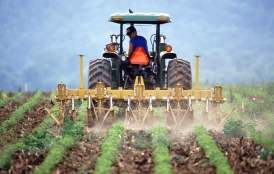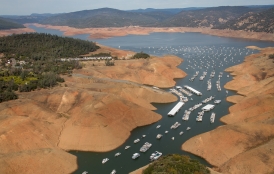The Stanford School of Earth, Energy & Environmental Sciences is now part of the Stanford Doerr School of Sustainability.
This page is currently being maintained for archival purposes only. For the latest information, please visit us here.
Editors' picks: Favorite Stanford Earth research stories of 2016
Some of our favorite research stories from Stanford Earth scholars in 2016.
By
Ker Than
December 19, 2016
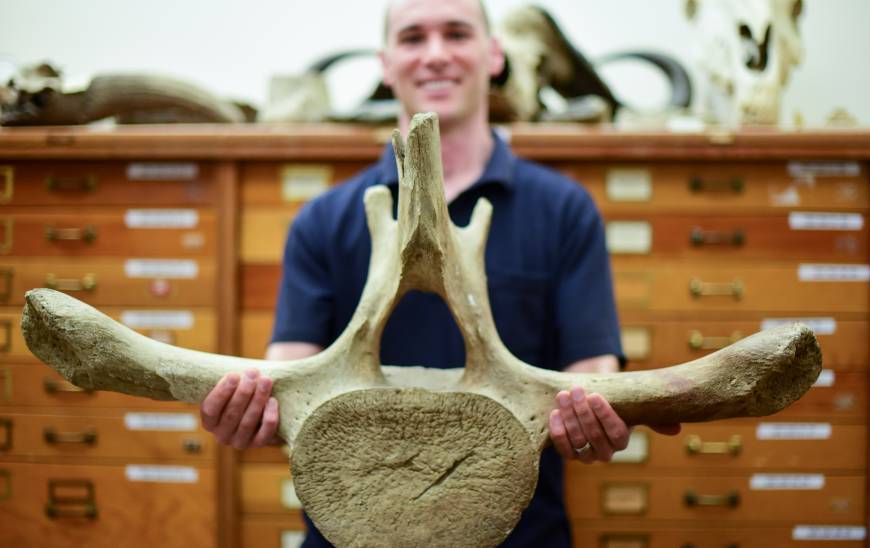
<p>Paleobiologist Jonathan Payne holds a whale vertebra. His research group found that large body size is strongly associated with higher extinction threat in living marine animals and that this pattern is distinct from extinction selectivity patterns in the marine fossil record. (Image credit: Ker Than)
</p>
Stanford Earth scholars had a busy year. As part of their continual efforts to better understand the Earth and investigate solutions to some of our most pressing problems, they conducted research across a breathtaking span of topics and ages, covering everything from the "de-greening" of Asia millions of years ago to the use of satellites to identify poverty-stricken regions in modern-day Africa. Here, in chronological order, is a list of some of our favorite stories of 2016:
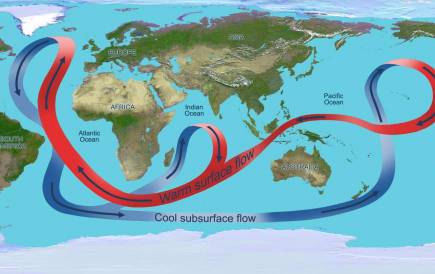
Intense deep-ocean turbulence in equatorial Pacific could help drive global circulation
The findings could help solve an outstanding mystery about the global ocean conveyor belt and improve future climate forecasts.
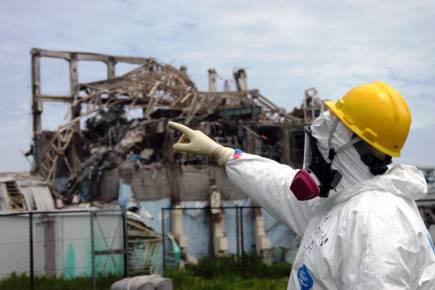
Fukushima five years later: Stanford nuclear expert offers three lessons from the disaster
On the fifth anniversary of the partial meltdown at Japan's Fukushima Daiichi Power Plant, Stanford's Rodney Ewing says we should rethink our language, reassess natural disaster risks and appreciate the links between nuclear energy and renewables.
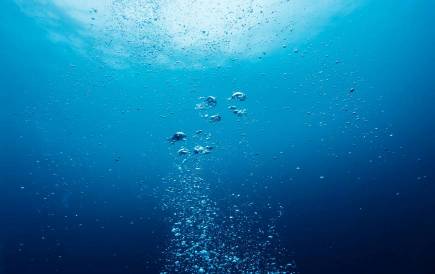
Protecting Coral Reefs with Bubbles
Bubbles – yes, bubbles – could help protect coral reefs, oyster farms, and other coastal ecosystems from increasing ocean acidification, according to new research by Stanford scientists.
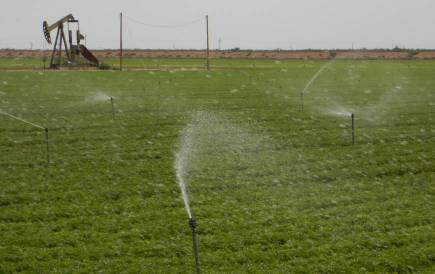
‘Water windfall’ hidden beneath California’s Central Valley
New research indicates that California’s Central Valley harbors three times more groundwater than previously estimated, but challenges to using it include pumping costs, ground subsidence and possible contamination from fracking and other oil and gas activities.
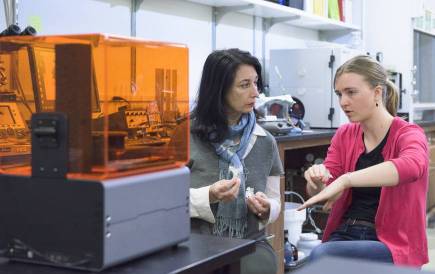
Stanford’s 3-D printing experiment could shed light on rocks from other planets
A new 3-D printing technique developed at Stanford will help pave the way for studying delicate or hard-to-collect rock samples from afar, whether they be from a volcano on Earth or the surface of Mars.
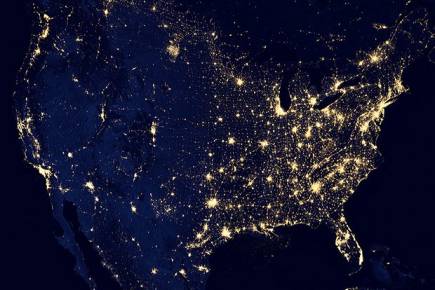
Stanford scientists combine satellite data, machine learning to map poverty
Accurate information on the location of impoverished zones is surprisingly lacking for much of the world. Applying machine learning to satellite images could identify regions of poverty in Africa.
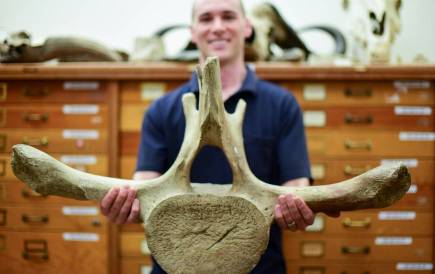
Larger marine animals at higher risk of extinction, and humans are to blame
In today’s oceans, larger-bodied marine animals are more likely to become extinct than smaller creatures, according to a Stanford-led report. It’s a pattern that is unprecedented in the history of life on Earth, and one that is likely driven by human fishing.
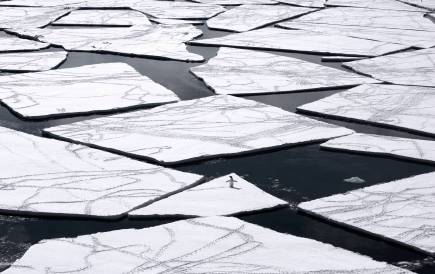
Future of Antarctic marine protected areas is at risk
Efforts to adopt effective marine protected areas in the Southern Ocean, a global commons containing the world’s most pristine marine ecosystems, are being thwarted by political infighting and fishing interests.
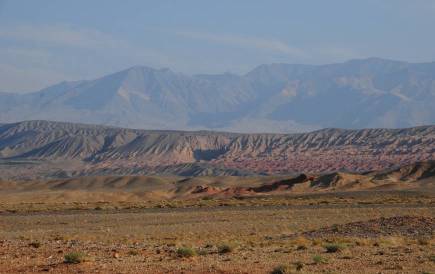
Central Asia’s 'de-greening'
The first large-scale map of rainfall declines revealed by signatures in ancient soil could help researchers better understand profound regional and global climate transformation.

'Super emitters’ are responsible for more than half of U.S. methane emissions
A new study finds that just a few natural gas wells account for more than half of the total volume of leaked methane gas in the United States. Fixing leaks at those top emitters could significantly reduce leaks of methane, a potent greenhouse gas.
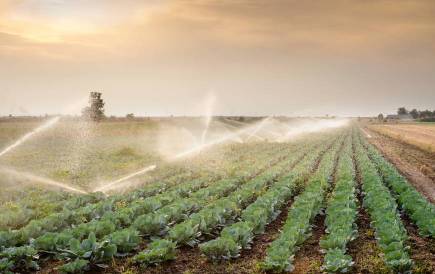
Syrian crisis altered region’s land and water resources, Stanford study finds
Using remote sensing tools to uncover the environmental impacts of war, researchers introduce novel approaches for hard-to-reach areas.


